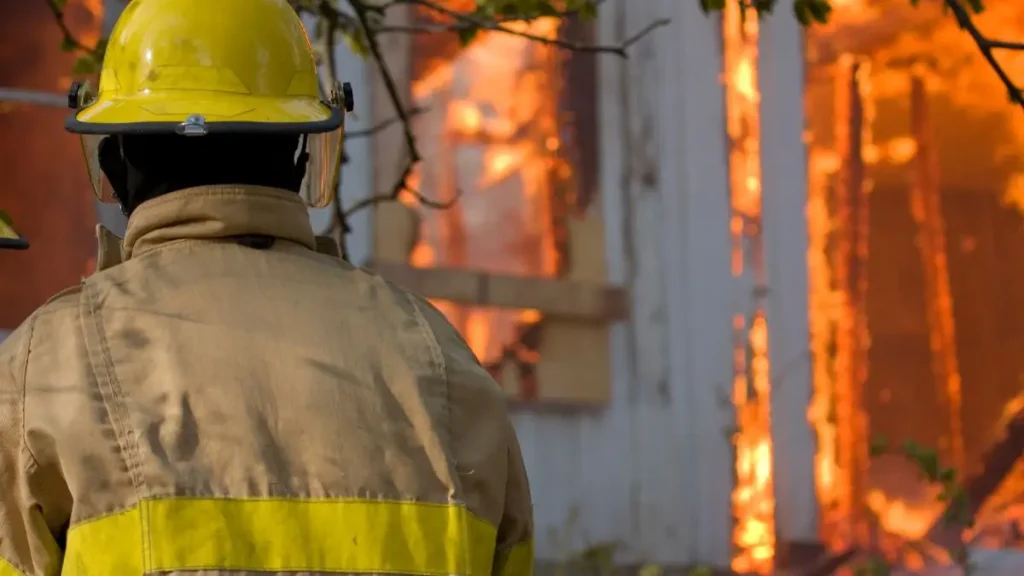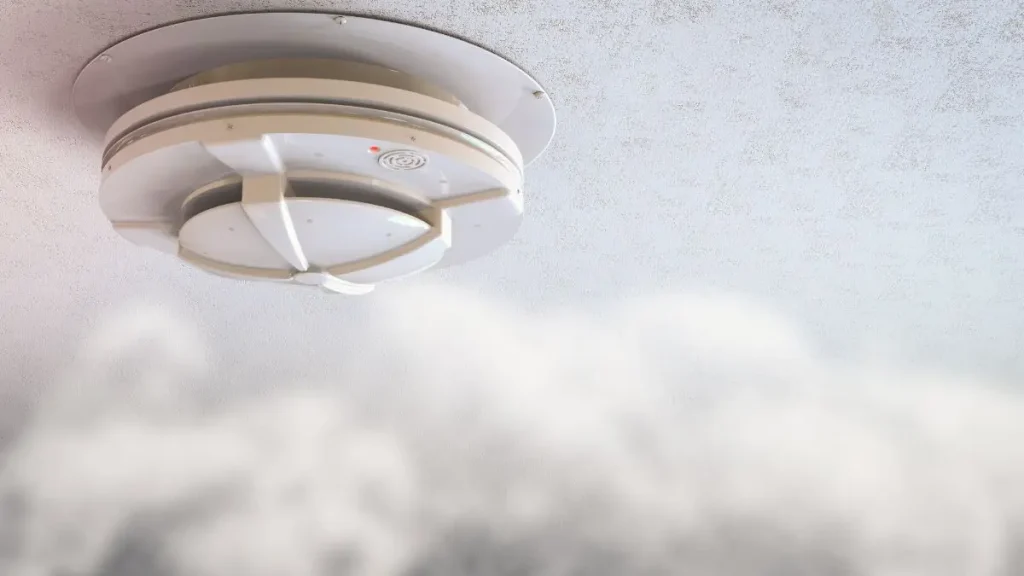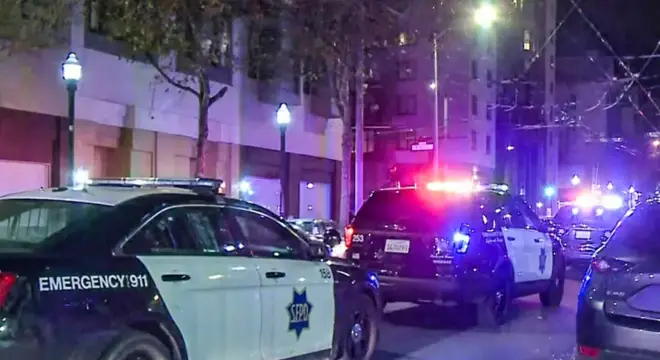One Injured in Iowa House Fire, Investigation Underway
I’ve seen enough fire reports over the years to know — most house fires don’t start with a big explosion or a dramatic blaze. They start quietly. A spark near the wiring, a heater left on, or a flicker from the kitchen that grows before anyone even notices. That’s what likely happened early Wednesday morning in Cedar Rapids, when a mobile home on 16th Avenue SW caught fire around 2:45 a.m.
By the time firefighters arrived, flames had already wrapped around three sides of the house. Three men were inside. Thankfully, all of them managed to get out — but one had to be rushed to the University of Iowa Hospitals and Clinics for treatment. The damage, according to officials, was heavy: thick smoke, scorched walls, and a home that won’t be livable anytime soon.
The cause is still under investigation, but if you’ve lived in Iowa for a while, you know how common these fires can be, especially as nights get colder. Older mobile homes, space heaters, and faulty electrical setups often combine into the perfect storm.
When I read about fires like this, I don’t just see an isolated event — I see another reminder of how fragile home safety really is. You, me, anyone could face the same risk tonight if a wire sparks or a smoke detector’s battery runs dry.
So before we move further into the story, pause for a second and ask yourself — if a fire started in your home right now, would you even hear the alarm in time?
One Man Hospitalized After the Iowa Home Fire

When I first read the local report from KCRG, it struck me how quickly things escalated. The call came just before 2:45 a.m., and within minutes, flames were already surrounding the mobile home on three sides. That’s how fast fire moves — faster than most people realize.
According to reports, all three men inside managed to escape, but one wasn’t so lucky. He was taken to the University of Iowa Hospitals and Clinics for treatment. The report didn’t specify the exact injuries, but from experience, most victims of early-morning fires suffer smoke inhalation or heat exposure before they even make it out the door.
Moments like that remind me why every second matters. Fire alarms don’t just save lives — they buy time. And in a small home where flames can spread wall to wall in less than two minutes, time is everything.
Firefighters Contain Flames but Home Suffers Heavy Damage
KWWL reported that crews were able to knock down the blaze before it reached nearby structures. That’s a win, but the home itself didn’t survive without serious loss — heavy smoke and fire damage were visible across most of the structure.
As someone who’s walked through dozens of post-fire homes, I can tell you: the aftermath doesn’t look like in movies. It’s silent. The smell of burnt insulation lingers for weeks. Walls crumble to touch, ceilings drip soot, and simple things — a coffee mug, a photo frame — turn black and brittle.
Even if insurance covers repairs, the emotional recovery takes longer. You can rebuild walls, but not the comfort that was once inside them.
Cause of the Fire Remains Under Investigation
Fire officials haven’t yet confirmed what caused this blaze. The investigation is ongoing. And while that might sound routine, it’s often the hardest part — finding what sparked it all.
In my years studying residential fire cases, three culprits show up again and again: faulty wiring, heating units left on overnight, and overloaded power strips. Older mobile homes, in particular, can have aging circuits that overheat easily. Add in cold Iowa nights and space heaters, and the risk multiplies.
We don’t know the exact cause yet, but every new incident should make us rethink our own setups. When’s the last time you checked your power cords or cleaned behind your heater? Fires rarely start because of bad luck — they start because of small things we forget to notice.
Similar incidents, like a Plainfield home explosion, remind us that faulty wiring and unattended appliances can escalate quickly.
Iowa Home Fire Trends — A Growing Concern
What happened in Cedar Rapids isn’t an isolated case. According to Iowa Fire Marshal data, the state reports hundreds of residential fires each year, many involving older homes or mobile units. Cold-weather months — October through March — tend to see the worst spikes.
And here’s something most people miss: Iowa’s mix of older housing stock and dry air creates ideal conditions for accidental fires. Extension cords dry out, wiring cracks, and heating systems run for hours without rest.
If you look at recent headlines — from Ames to Fairfax — the pattern is clear. The fires are preventable, but prevention isn’t dramatic enough to trend on social media. That’s why it’s our responsibility, as homeowners and neighbors, to make prevention a daily habit, not an afterthought.
Past tragedies, such as the Albany house fire, highlight the importance of fire prevention and awareness, reinforcing the state-level statistics.
Expert Advice — Preventing Home Fires in Iowa

After every case like this, people ask me: “What could they have done differently?” My answer’s simple — awareness is your first defense. Here are a few small things that make a big difference:
- Check smoke alarms monthly. A dead battery can cost a life.
- Never overload outlets or use damaged cords. Most fires start behind furniture where heat builds unnoticed.
- Keep heaters at least 3 feet away from anything flammable.
- Have an escape plan. Practice it with your family once a season — yes, actually practice.
- If you live in a mobile home, consider heat-resistant skirting and updated electrical panels.
Fire safety isn’t about fear; it’s about respect. Respect for the things we can’t control — and for the seconds we can.
So here’s my question for you: when was the last time you tested your smoke detector or looked for a safer spot for that space heater? Don’t wait for a headline to remind you. Do it tonight.
For ongoing fire safety tips and quick updates straight to your phone, many residents subscribe to a community safety updates channel on WhatsApp — it’s a great way to stay informed.
Community Response & Recovery Efforts
One of the things I notice after fires like the Cedar Rapids blaze is how communities respond — quietly, but powerfully. Neighbors check in, sometimes bringing blankets or food; local volunteers organize fundraisers. Even small gestures matter when someone has lost a home or possessions.
Organizations like the Red Cross often step in to provide temporary shelter or essentials, but the biggest support is local. When people come together, they help restore a sense of safety that fire itself takes away.
If you live nearby, there’s a role for you too — whether it’s checking on elderly neighbors, donating to verified relief funds, or just offering a kind word. Fires don’t just burn walls; they shake a community. And communities heal together.
Other cases, like the Minneapolis house fire, show how quickly communities and authorities can mobilize to support victims and investigate the cause.
Lessons for Homeowners — What This Cedar Rapids Fire Teaches Us
When I reflect on incidents like this, I see a pattern — fires are fast, often preventable, and always a reminder that home safety isn’t optional. Here’s what I take away, and what I hope you do too:
- Every second counts. A working smoke detector can give you enough time to escape.
- Routine checks save lives. From heaters to wiring, small maintenance prevents big problems.
- Plan your escape. Know your exits, rehearse them, and ensure everyone in your home knows what to do.
- Community awareness matters. Fires affect more than one house; being prepared protects your neighbors too.
I’ve learned over the years that reading about fires is one thing — experiencing them, or seeing the aftermath, changes the way you live. Don’t wait for a headline or a news alert to take action. Tonight, check your smoke detectors, unplug unused cords, and take one step toward a safer home.
Here’s my question to you: what’s the first thing you’re going to do tonight to make your home safer?
Want to read more stories and tips about home safety incidents across Iowa and beyond? Check out our Home Incidents for updates and practical advice.
Disclaimer: The information in this article is based on official reports and expert guidance available at the time of writing. It is intended for general informational purposes and should not replace professional advice. Always follow local authorities’ instructions and safety protocols during emergencies.


